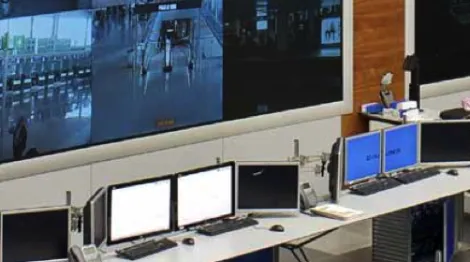Smart Grids and Battery Storage: the Future of Connected Energy
The battery market is experiencing accelerated growth, with an annual rate of close to 25%, positioning itself as a key sector for the transition towards a sustainable future.


The battery market is experiencing accelerated growth, with an annual rate of close to 25%, positioning itself as a key sector for the transition towards a sustainable future. Currently, it has a global production capacity of 283 GWh, but this figure is expected to reach 2700 GWh in less than six years. This growth will drive both the integration of renewable energies and electric mobility.
The Life Cycle of Batteries and Their Second Life
Within this context of growth, it is important to explore how batteries can be reused when their natural life cycle ends. In electric vehicles, battery modules, managed by BMS (Battery Management Systems), have an estimated life cycle of 10 years. Although after this period they lose utility in automotive –as their capacity is reduced–, they retain approximately 70% of their value. Therefore, instead of being discarded, they become a unique opportunity in stationary storage systems.
By 2035, it is estimated that reused batteries will completely cover the global demand for stationary energy storage, a use that ranges from applications in renewable energies and mini-grids to energy backup, load peak compensation, and balancing in industrial plants.
Interconnection for a Connected Future
For batteries, even in their second life, to be integrated with energy systems, there needs to be a robust and flexible communication network that allows modules to be connected with superior energy management systems (EMS). This interconnection between key components and different technologies, ranging from standardized communication protocols to advanced monitoring and control tools, is the basis for centralizing data, optimizing resources, and ensuring the coordinated operation of systems. These networks should include:
- Storage component management: communication protocols such as Bacnet, KNX, or Modbus allow the integration of air conditioning systems, fire alarms, and access controls, centralizing access to data and facilitating supervision.
- Connection to “Smart Grid” networks: integration with smart grids and SCADA systems optimizes the control of energy storage and supply. Protocols used specifically in energy networks, such as the IEC 61850, IEC 60870-5-104, or DNP3 standards, as well as standards for connection to cloud systems, OPC UA and MQTT.
- Prevention of electromagnetic interference: CAN repeaters, with galvanic protection of up to 4 kV, which ensure stable communication between modules and allow the implementation of flexible tree or star topologies.

CAN Technology for Energy Storage
Thus, on the path towards a connected energy future, communication technologies play an indispensable role in ensuring robust, scalable, and cost-effective connections, as is the case with CAN technology. Coming from the automotive sector, it has a wide range of standard components. These characteristics make it an ideal solution for battery storage systems, providing:
- Reduction of costs of installation and conductive material.
- Interconnection of multiple BMS units to the EMS through advanced data management functions.
- Safe and sustainable operations thanks to its robust design.
La comunicación efectiva entre sistemas de almacenamiento en baterías, energías renovables y redes inteligentes es esencial para avanzar hacia un futuro sostenible. En Becolve Digital transformamos desafíos en oportunidades con soluciones que garantizan una integración eficiente y confiable.





